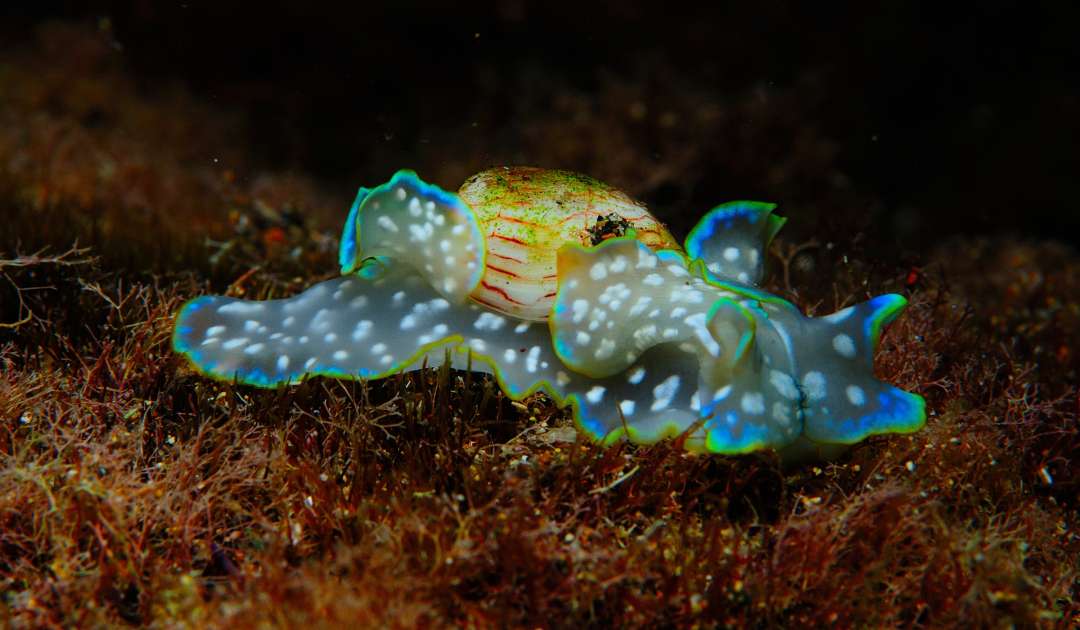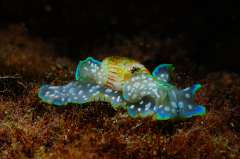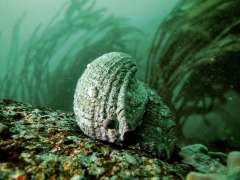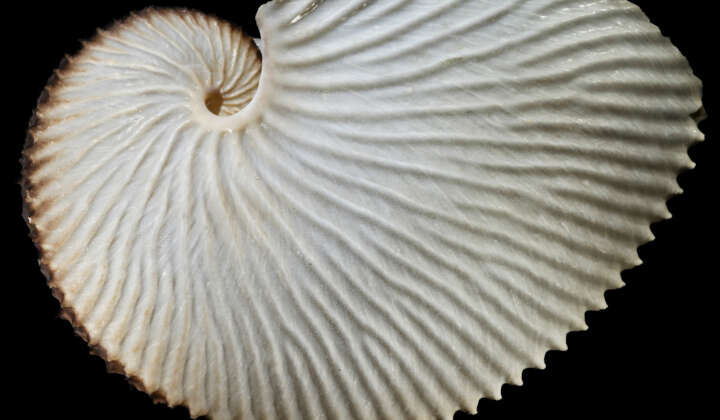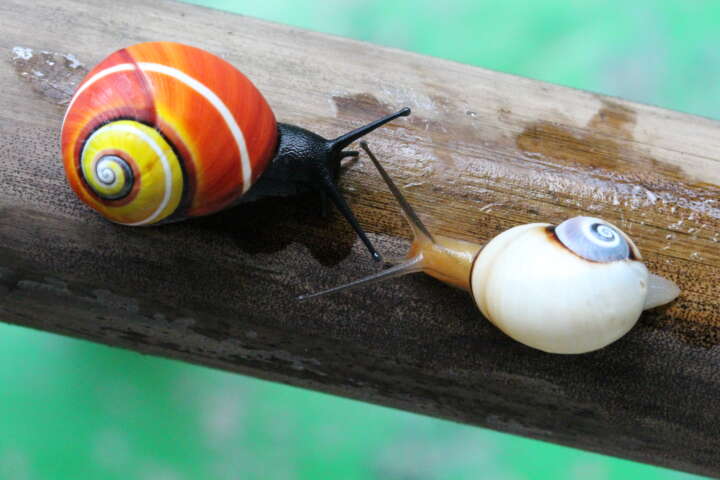Which mollusc will be "International Mollusc of the Year 2023"?
Public online voting starts today
Starting today, five mollusc species are up for election as “International Mollusc of the Year 2023”! Anyone interested can participate in the public online voting until March 19th, 2023. This yearly competition was launched in 2020 by the Senckenberg Society for Nature Research, the LOEWE Centre for Translational Biodiversity Genomics (TBG) and the International Society for Mollusc Research (Unitas Malacologica). Aims are to raise awareness of the rich diversity of molluscs, and the need to protect this. The species with the most votes will have its entire genetic information decoded.
Molluscs are, after arthropods, the second largest phylum of animals. The 85000 currently described species differ greatly in terms of size, shape, behaviour, and preferred habitats. This astonishing variation reflects adaptations of a common, boneless body plan: a head, a “foot” – a strong muscle for locomotion – and a sac for the intestines. Most species live in water.
In 2023, there are again five exciting mollusc species to choose from: The thick-horned nudibranch (Hermissenda crassicornis) is a conspicuous marine snail with horn-like outgrowths that occurs on the Pacific coast of North America. In contrast, the unusually patterned Wavy Bubble Snail (Micromelo undatus) from shallow waters of the Atlantic has a tiny outer shell. The giant deep-sea oyster (Neopycnodonte zibrowii) is one of the largest deep-sea clams in the Atlantic and Mediterranean and can reach a record-breaking lifespan of over 500 years. Originally from Europe, the now widespread land-dwelling leopard slug (Limax maximus) is a ten-to-twenty-centimetre nudibranch with characteristic black stripes and spots on its body surface. The Chilean Abalone (Concholepas concholepas) from the south-eastern Pacific is a rock-snail with a large foot and robust shell and is traded worldwide as a delicacy.
Short portraits on the website of the LOEWE Centre TBG provide information about the respective characteristics and special features of the nominated species as well as the secrets that decoding of the genome of the species could reveal: https://tbg.senckenberg.de/mollusc-of-the-year-2023/.
The phylum of molluscs originated approximately 500 million years ago. Many species are still waiting to be discovered today, and even the known species are far from being fully explored. From a conservation perspective it is important to better understand their evolutionary development, relationships, adaptations, and behavioural patterns. Genomic analyses can answer many open questions – but so far there are only relatively few mollusc species whose genome has been sequenced. This is where the international competition “International Mollusc of the Year” comes in.
“While the decoding of the genetic make-up of species is progressing rapidly for many other animal phyla, molluscs are still a largely unexplored group. With our competition, we want to draw attention to them and illustrate how many extraordinary species there are worldwide, both in the water and on land,” explains Dr. Carola Greve, laboratory manager at the LOEWE Centre TBG. “We are thrilled with the nominations from the past two years and the great participation from both the scientific and general public.”
This year’s five finalist species were selected from all nominations by a jury of members from the three participating institutions. The number of votes in the public ballot will determine which species wins, and therewith join the octopus Greater Argonaut (Argonauta argo, winner of 2021) and the colourful endangered Cuban painted snail (Polymita picta, winner of 2022).
“For the selected mollusc species, the entire genome will be sequenced via the LOEWE Centre TBG. This promotes further research on this particular animal, but also new insights into the evolution of all molluscs and their way of life,” emphasises Prof. Dr Julia Sigwart, Section Head of Malacology at the Senckenberg Research Institute and Natural History Museum Frankfurt. “And last but not least, it gives us great pleasure to admire these fascinating animals and their peculiarities and to draw attention to the often underestimated molluscs!”
Voting will take place from March, 1st to March 19th, 2023 at 23:59 (CET) on the LOEWE Centre TBG website under the link https://tbg.senckenberg.de/mollusc-of-the-year-2023/. The “Mollusc of the Year 2023” will be announced on March 23rd, 2023.
Information on the previous year’s competitions: https://tbg.senckenberg.de/molluscoftheyear-2022/
https://tbg.senckenberg.de/molluscoftheyear-2021/
